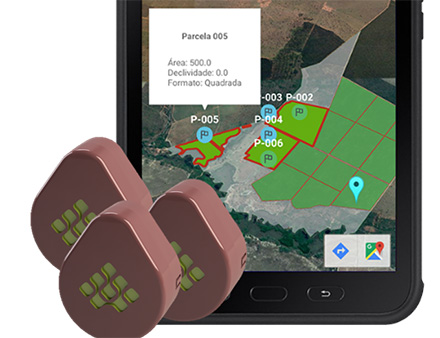
A remote monitoring system rolled out in Brazil is taking over the exhausting and risky task of keeping an eye on commercial forests. The system allows researchers and technicians to track forest growth rates in real time, in order to estimate if they are developing properly and detect early infections or pest attacks on plantations. Source: SciDevNet
This type of monitoring currently requires 150 to 160 staff each year. It’s exhausting work, and accidents such as attacks by venomous animals are frequent.
Using the new technology, called SmartForest, a single visit to set up the sensors is enough to collect data on forest growth on a daily basis.
The technology was devised by Brazilian start-up Treevia. It is based on a set of wireless sensors fixed around trees, much like belts that widen as the trunks grow. These sensors capture changes in tree diameter at regular intervals, and send the data to an online system designed for each client.
“Our system is already being used in nine Brazilian states by several companies,” Esthevan Gasparoto, CEO of Treevia said.
This information is then combined with images gathered by satellites, and analysed by algorithms that use machine-learning techniques to produce reliable reports on how well the forest is growing. By linking this data with climate information from each region, companies are then able to estimate how much a certain area will yield in terms of timber in upcoming years.
The technology was designed to help companies ensure their forest business is economically and environmentally sustainable. But the system can also be used by public authorities to ensure companies are complying with environmental rules for restoring and maintaining the forests where they operate. That would require authorities having access to the data generated from sensors set up in landowners’ forests.
“It [the system] also might be used to check if there is a source of infections or attacks by pests,” Ramon Bicudo da Silva, a biologist at the Centre for Environmental Studies and Research at the University of Campinas said.
He says the remote monitoring system can make it easier to manage such risks through a one-off installation that can stretch across hundreds of hectares.
“In anticipating these problems, a manager may act before they [become] widespread, which would lead to a lower use of pesticides,” Mr da Silva said.







